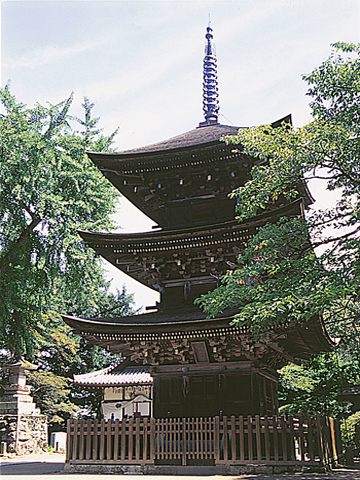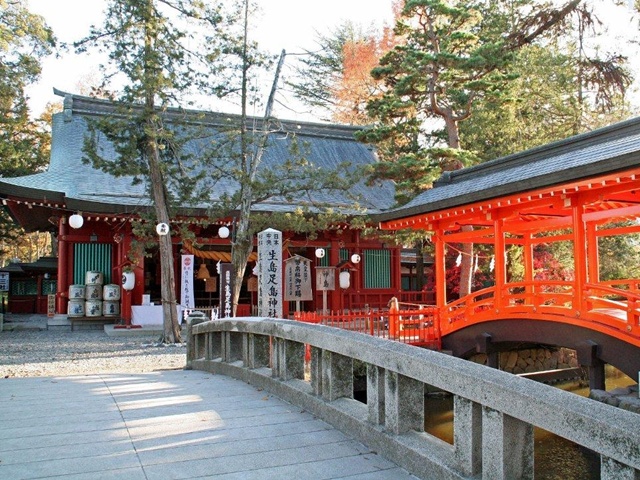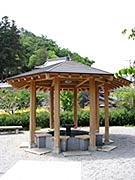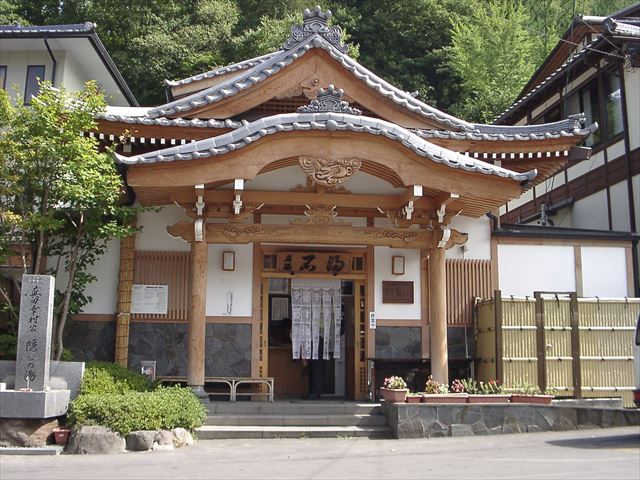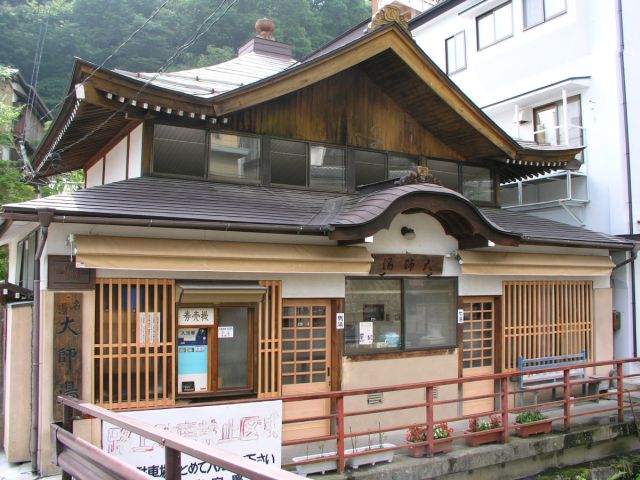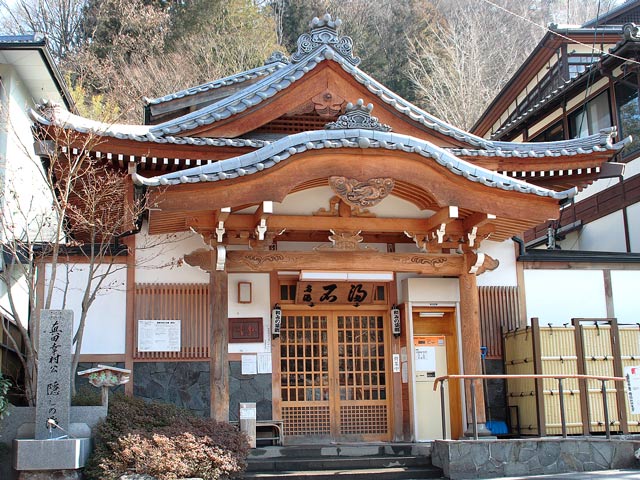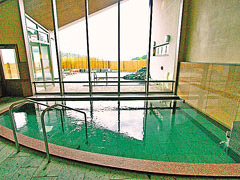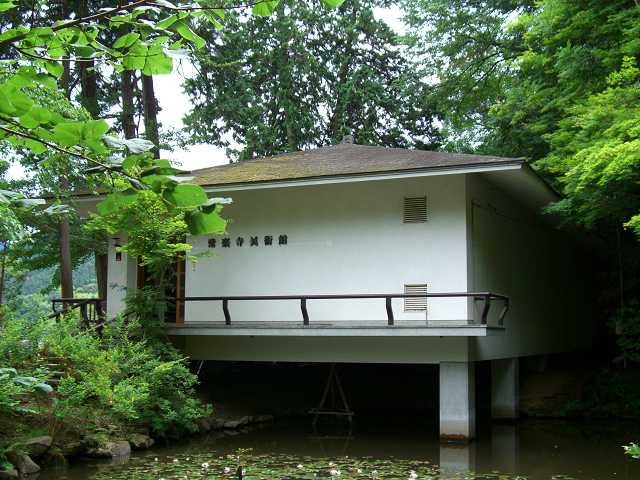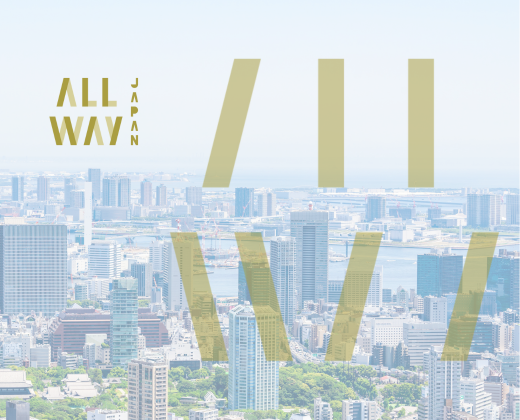Shiono Shrine
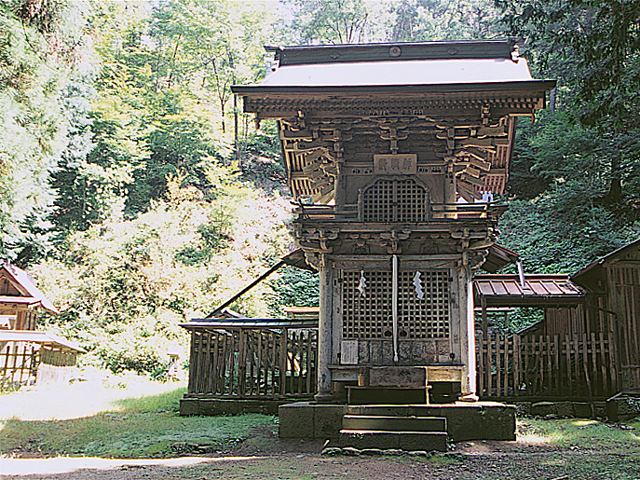
A venerable shrine whose name also appears in the historical book "The Third Generation of Japan", which was established in the first year of Enki (901). It is said that Takeda Shingen prayed for Takewo Nagahisa by offering a red seal letter (Ueda City Designated Cultural Property) which stipulates that the land should be donated to this Shiono Shrine. The two-story shrine, which stands in the cedar forest, was erected in the Edo period, and the bridge that rests in front of the shrine bears the name of "taikobashi" because it has a curve like a part of a drum.

